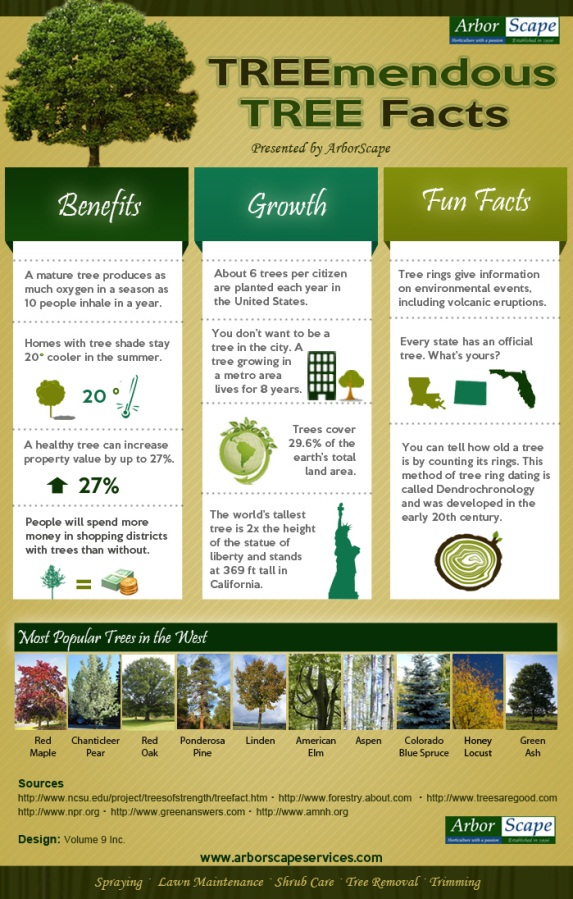Acknowledging The Demand For Tree Elimination: A Guide For Homeowners
Acknowledging The Demand For Tree Elimination: A Guide For Homeowners
Blog Article
Content Writer-Mcmahon Long
Trees add elegance and worth to home, however they can likewise position a risk during severe weather condition events. If a tree has stopped expanding, is displaying visible fungal development, or has a leaning trunk, it needs to be gotten rid of by a professional to prevent building damages and injury.
To learn more, participate in mantainece -hosted by HPD, the Center for NYC Neighborhoods, and Brooklyn-based real estate companions this evening in Bedford-Stuyvesant. The event will certainly include the Home owner Manual, a new guide to aid property owners navigate the responsibilities of possessing a home.
1. Dead or Perishing Branches
Trees are an essential part of your home's landscape, providing shade and appeal. They likewise offer sanctuary for wildlife and produce oxygen, however also healthy and balanced trees can experience illness that might necessitate their removal. Dead or passing away trees aren't simply undesirable, they can be harmful. Their branches can drop throughout a tornado, resulting in costly residential property damages and injuries.
When a tree's branches start to die, it means that its structure is starting to break down. If most of its branches are dead, it is likely time to remove it.
Seek an absence of brand-new growth, bark peeling, open wounds or dental caries, fungis growing on the trunk or origins and a general appearance of degeneration in the whole canopy. These indications of infection can indicate a major trouble that will certainly require specialist tree services to settle.
2. Leaning Trunk
While it's typical for trees to lean every now and then due to phototropism, if a tree has a hazardous or severe lean that's not due to natural processes - maybe an indication that the tree requires to be eliminated. If the tree is leaning toward a high-voltage line, home, lorry, play framework or any other area that could be dangerous to individuals if it drops, then calling a professional tree service for removal need to be a leading priority.
https://www.sarasotamagazine.com/home-and-real-estate/2019/10/four-great-alternatives-to-grass 's likewise important to expect any kind of sudden changes in a tree's leaning as it can indicate damage to the roots or trunk that might lead to dropping. This is particularly true during thundercloud, given that high winds and rain-soaked soil can trigger a lean to change promptly. Routine tracking, particularly during and after storms can assist home owners recognize potential problems with their trees so they can call an arborist for a detailed evaluation.
3. Insect Problem
Some pest invasions, such as wood-boring bugs like emerald ash borer or sap-suckers like range pests, are so severe that they can cause a tree to die. The best method to stop pest invasion is to check your trees regularly. Seek spots, openings, or stainings in the leaves and bark. Take a look at the trunk for cracks and indicators of insect damages, such as passages or tracks.
If a tree ends up being also infested with pests, or is close to a home or high-voltage line, an arborist may advise removal. If a leaning tree establishes a brand-new, unstable lean, an arborist will likely recommend elimination too to guarantee the security of individuals and residential or commercial property. If a weakened or dead tree consistently loses excessive branches, it is a sign that it is time to remove the tree. If a tree remains to drop branches for an extensive time period, it could result in architectural issues and possible home damages.
4. Harmed Trunk
Trees are a stunning and fundamental part of our landscape, however they do need regular care to maintain them healthy and risk-free. If a tree is damaged irreparable it is likely time for it to find down.
Search for indications of damage to the trunk, consisting of vertical splits, joints, dead branch stubs, noticeable injuries or open cavities and severe tree-rot. The presence of fungis at the base of the trunk is an additional advising indication. Fungi may indicate that the phloem and xylem (life-support tissues) are compromised, enabling the spread of condition or a future failure.
Also, consider whether the tree has actually quit growing. Healthy trees will have brand-new growth annually, which might show up as buds or branches sprouting and extending. If you don't see any brand-new development, it's a great concept to have an arborist examine the tree and follow their suggestion for removal. A dying or damaged tree can drop and trigger residential property damages.